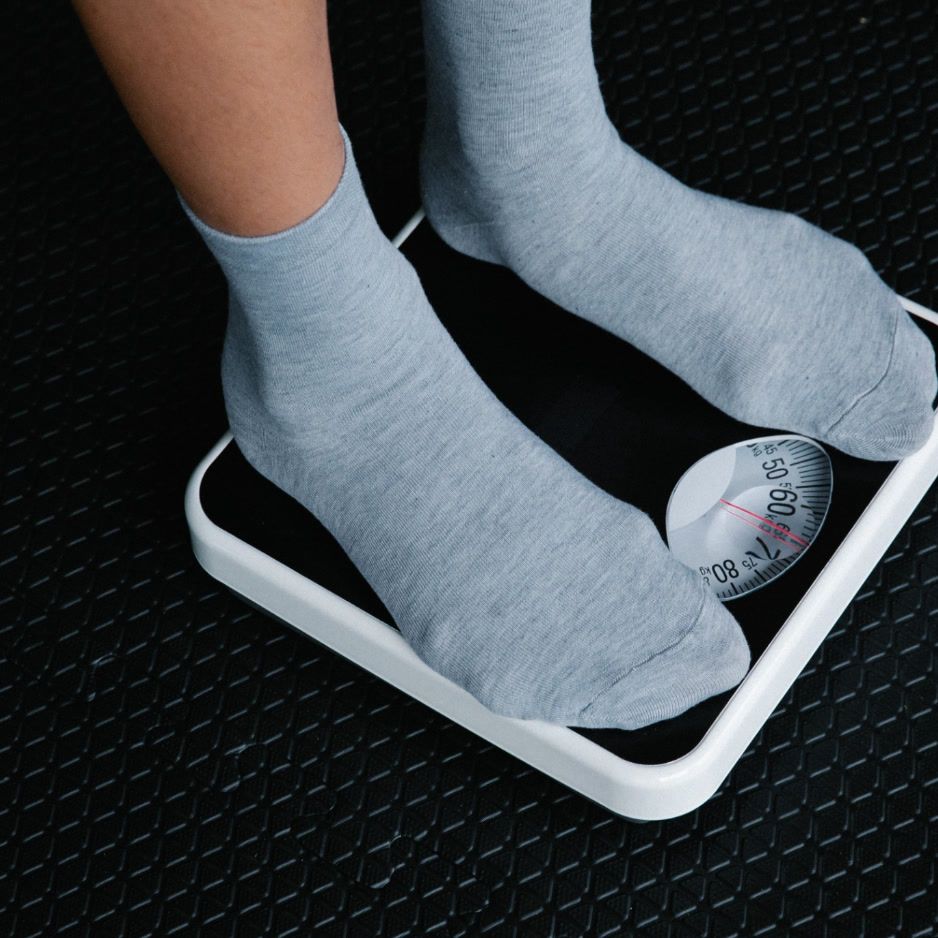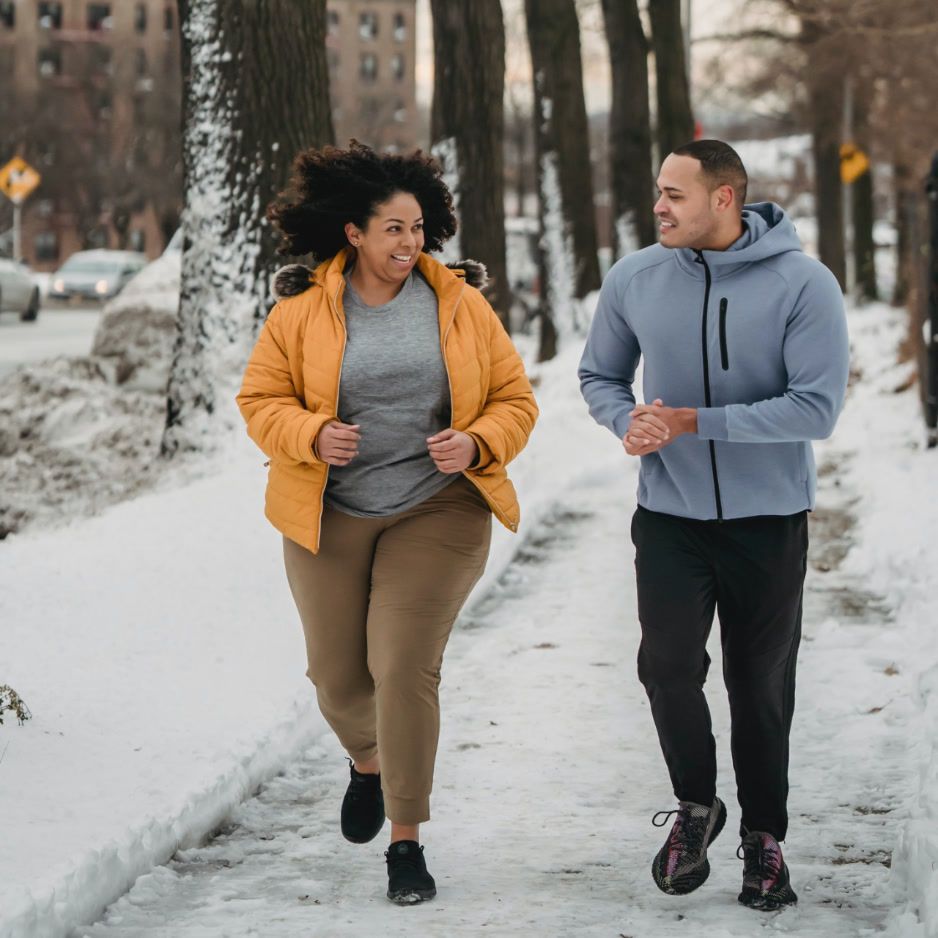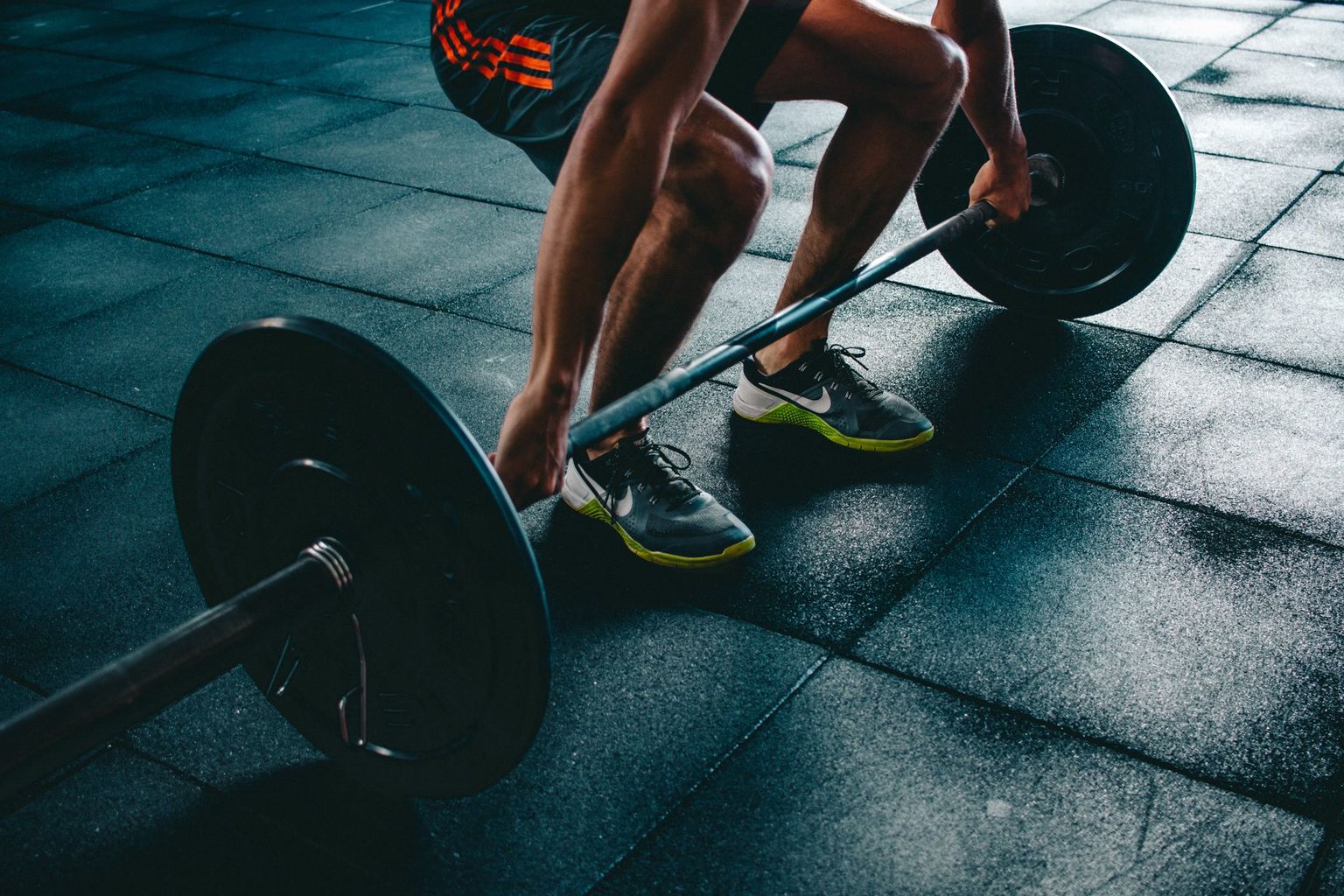How to Build Core Strength: A Complete Guide
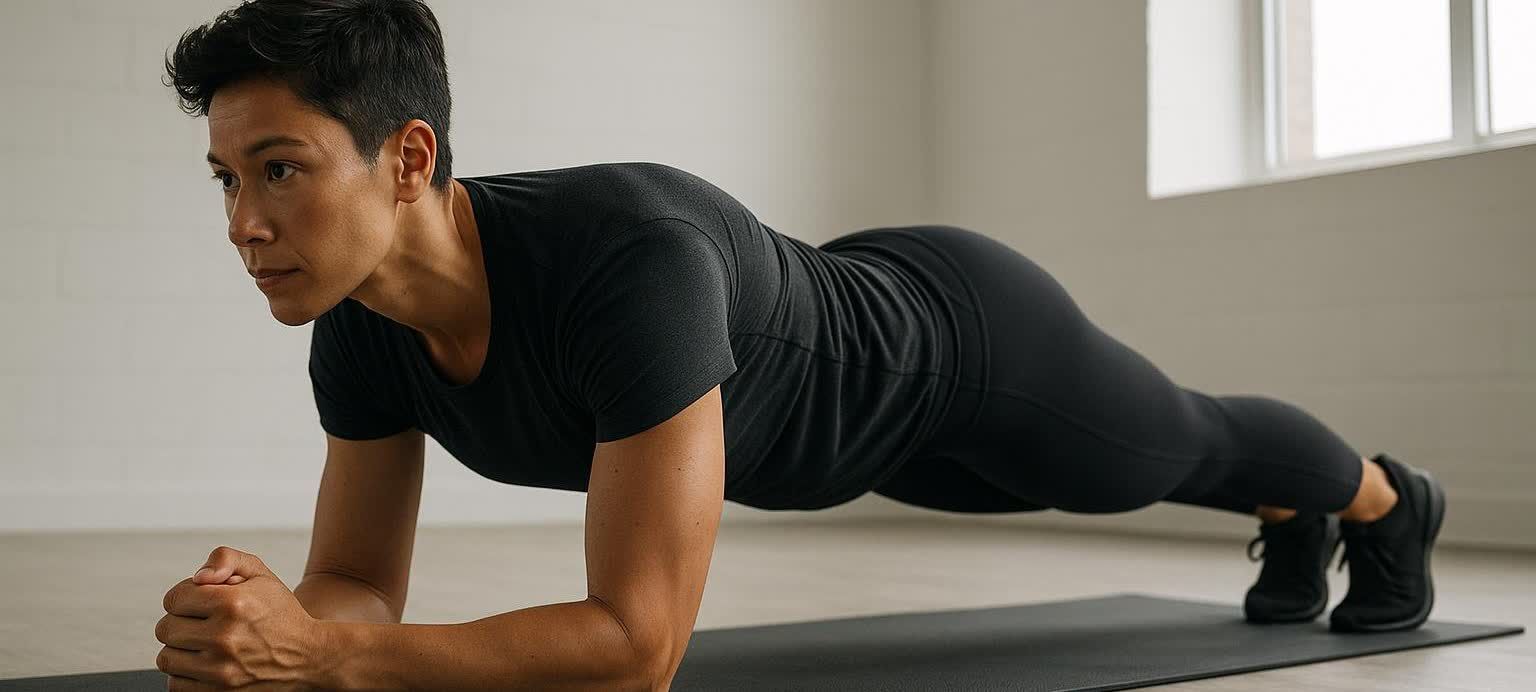
How to Build Core Strength: A Complete Guide
Your core is more than just abs. It’s the 360-degree cylinder of muscles that stabilizes your spine, supports every lift, and keeps you upright at your desk or on the race course. Whether you want to relieve nagging back pain, feel steadier on your feet, or shave seconds off your triathlon splits, this guide shows you exactly how to build core strength—step by step and backed by research.
Why Core Strength Matters
| Region | Key Muscles | Primary Job |
|---|---|---|
| Front (Anterior) | Rectus abdominis, transverse abdominis | Resist trunk extension, maintain intra-abdominal pressure |
| Sides (Lateral) | Internal & external obliques | Control rotation & side-bending |
| Back (Posterior) | Multifidus, erector spinae, quadratus lumborum | Stabilize the spine against flexion & shear |
| Hip/Pelvic Floor | Glute med/min, pelvic floor muscles | Transfer force between upper & lower body |
A strong core has been linked to:
- Better posture and reduced low-back pain (Harvard Health Publishing).
- Improved balance and fall prevention in adults over 65 (2023 systematic review, Healthcare).
- Greater force production and movement efficiency in endurance sports (2023 meta-analysis, Biology of Sport).
Core-Training Principles
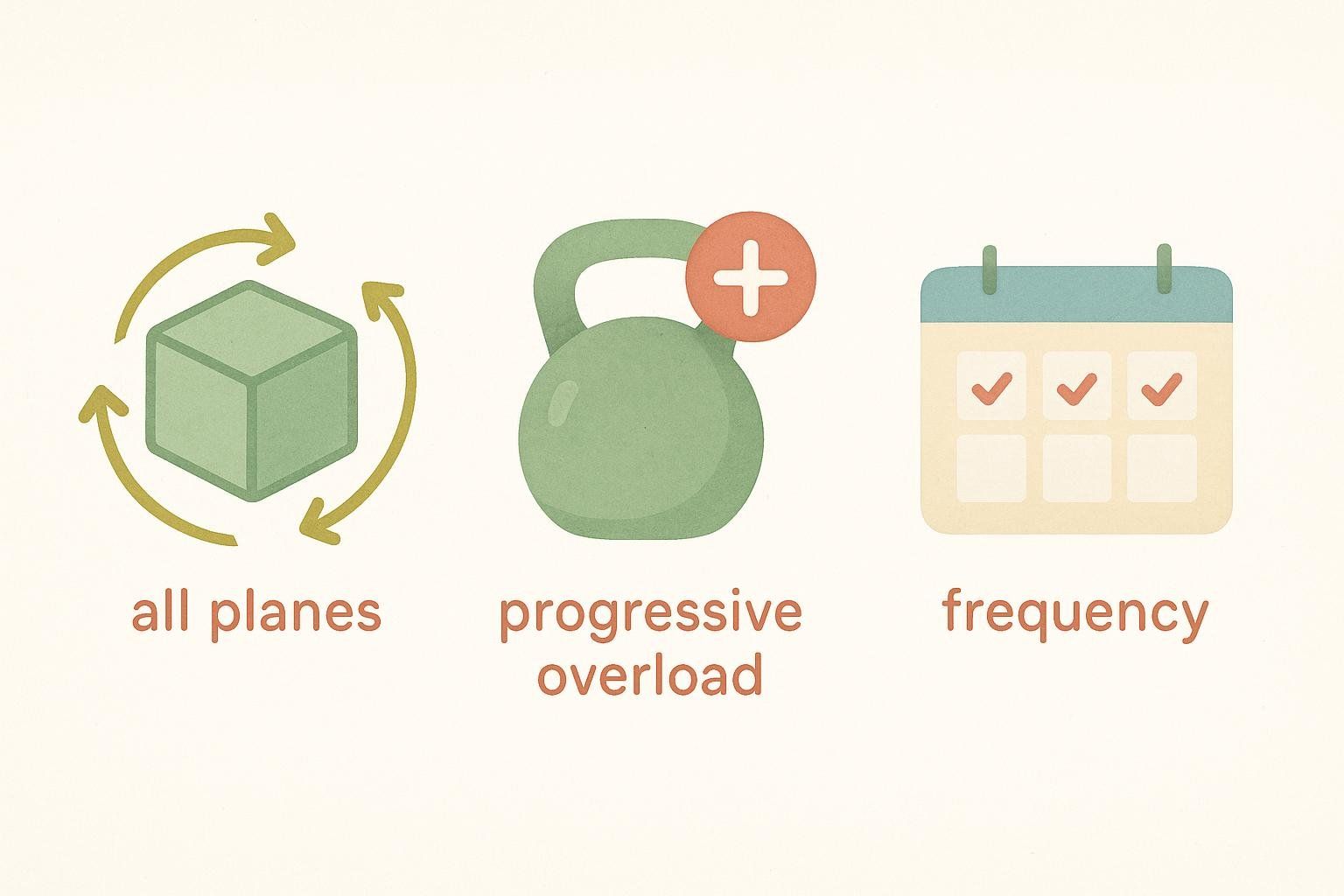
- Train all three planes – flexion/extension, rotation, and anti-rotation.
- Progressive overload – longer holds, more reps, heavier loads, or tougher lever arms.
- Frequency over marathon sessions – 5–20 focused minutes 3 × /week beats an occasional 60-minute burner.
- Quality > quantity – stop a set when form breaks instead of chasing time.
- Brace & breathe – exhale, draw ribs down, then breathe into your sides while maintaining tension.
Quick-Start Quiz 🔍
Answer Yes or No to each:
- Can you hold a proper forearm plank for 60 + seconds without discomfort?
- Can you carry a 20-lb (≈ 9 kg) dumbbell in each hand for 30 seconds without your posture changing?
- Do you intentionally perform rotational or anti-rotational core exercises (e.g., wood chops, Pallof presses) at least twice per week?
Choose your starting plan:
- Beginner 5-Minute Routine – if you answered “Yes” to 0–1 question.
- Intermediate 15-Minute Circuit – if you answered “Yes” to 2 questions.
- Advanced 20-Minute Session – if you answered “Yes” to all 3 questions.
5-Minute Beginner Core Routine (Desk-Jockey Friendly)
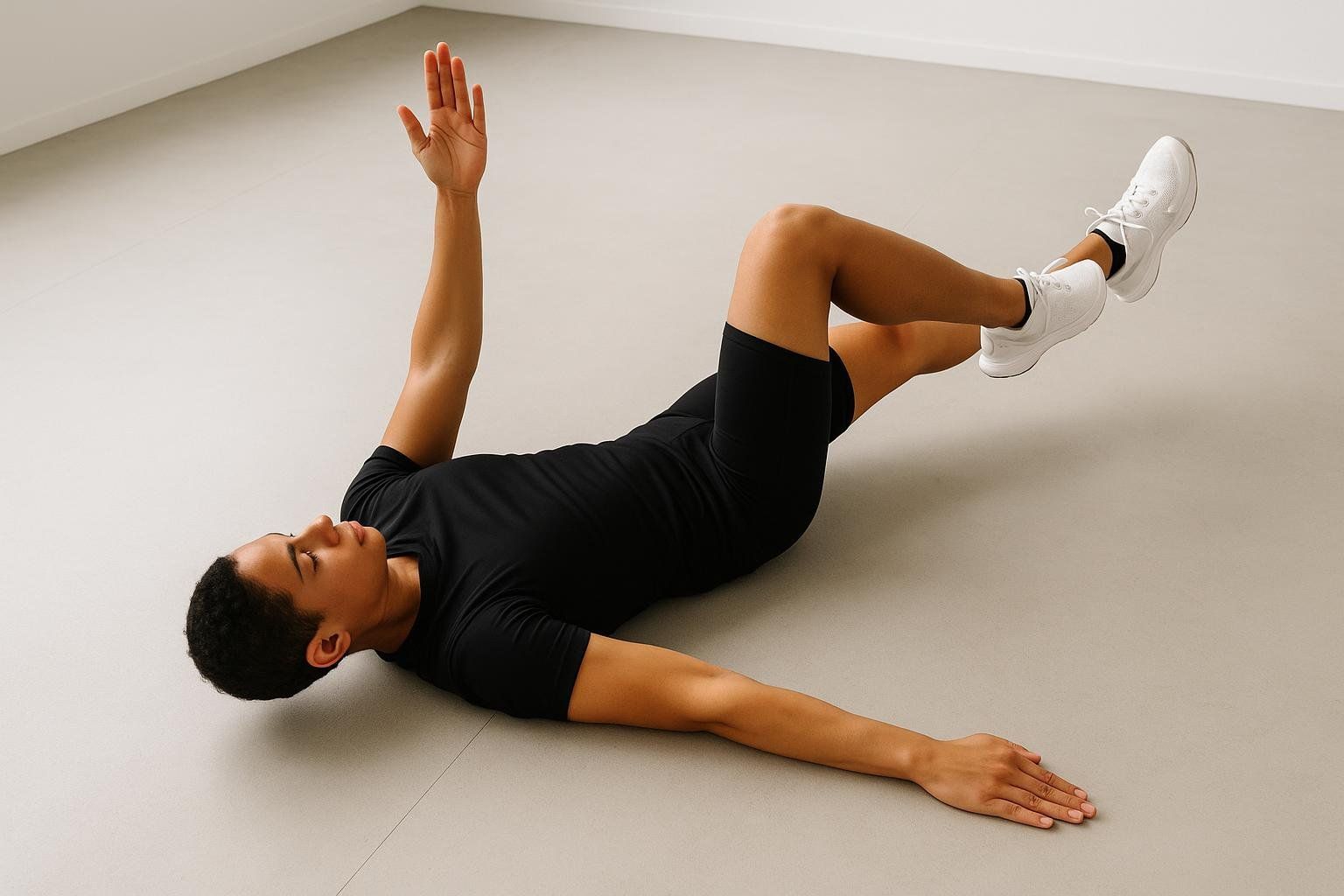
| Exercise | Reps/Time | Coaching Cues |
|---|---|---|
| Dead Bug | 10 / side | Exhale fully; keep low back glued to floor |
| Glute Bridge Hold | 30 s | Squeeze glutes; ribs down |
| Bird Dog | 8 / side | Reach long; avoid hip twist |
| Modified Forearm Plank | 30 s | Knees down if needed; shoulders over elbows |
Complete 1 round every other day. After two weeks, add a second round.
💡 Pair with the mobility warm-up in Strength Training for Beginners.
15-Minute Intermediate Core Circuit (Low-Impact & Joint-Friendly)
Perform 3 rounds; rest 30 s between moves.
- Side Plank + Knee Tap – 30 s/side
- Hip Bridge March – 10 / leg
- Standing Pallof Press (band) – 12 / side
- Suitcase Carry – 40 ft / side
Why it works: Side planks and Pallof presses build anti-rotation strength that protects the spine. By challenging your trunk to resist twisting or side-bending forces under load, your obliques and deep stabilizers learn to brace more effectively for everyday lifting and athletic moves.
20-Minute Advanced Core Session (Athlete Edition)
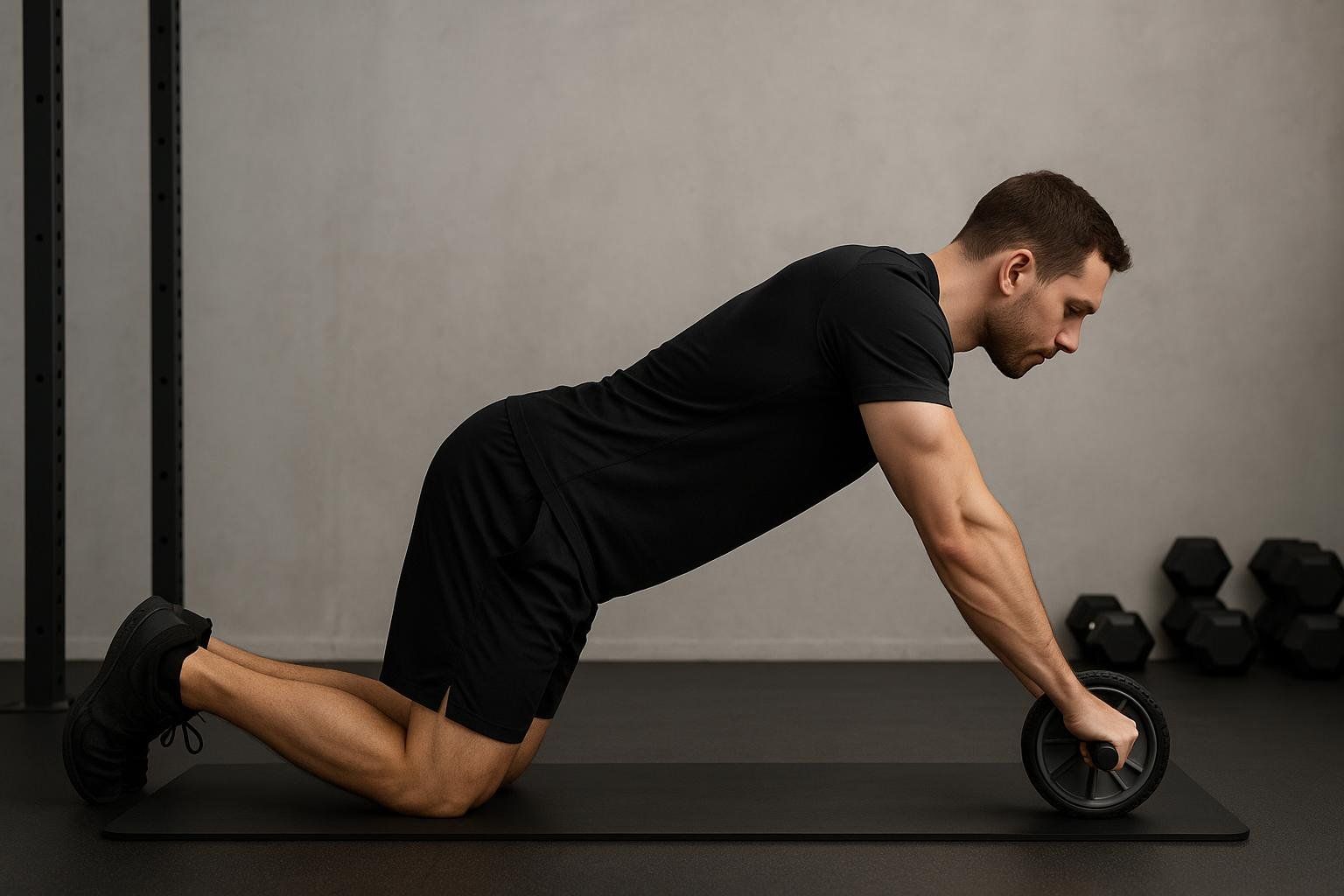
Perform 4 rounds; rest 45 s between moves.
| Exercise | Reps/Time | Purpose |
|---|---|---|
| Hanging Knee- or Toes-to-Bar | 6–10 | Dynamic trunk flexion & grip strength |
| Barbell or Ab-Wheel Rollout | 8–12 | Anti-extension strength |
| Single-Arm Overhead Kettlebell Carry | 60 ft / arm | Shoulder & anti-lateral-flexion stability |
| Turkish Get-Up (half or full) | 3 / side | 360° multi-planar control |
Why it works: This combo layers dynamic flexion, anti-extension, anti-lateral flexion, and multi-planar stability. Training your trunk to brace under load, move explosively, and stabilize overhead builds a resilient core that transfers directly to sport performance and heavy lifting.
8-Week Progression Template (Advanced Session)
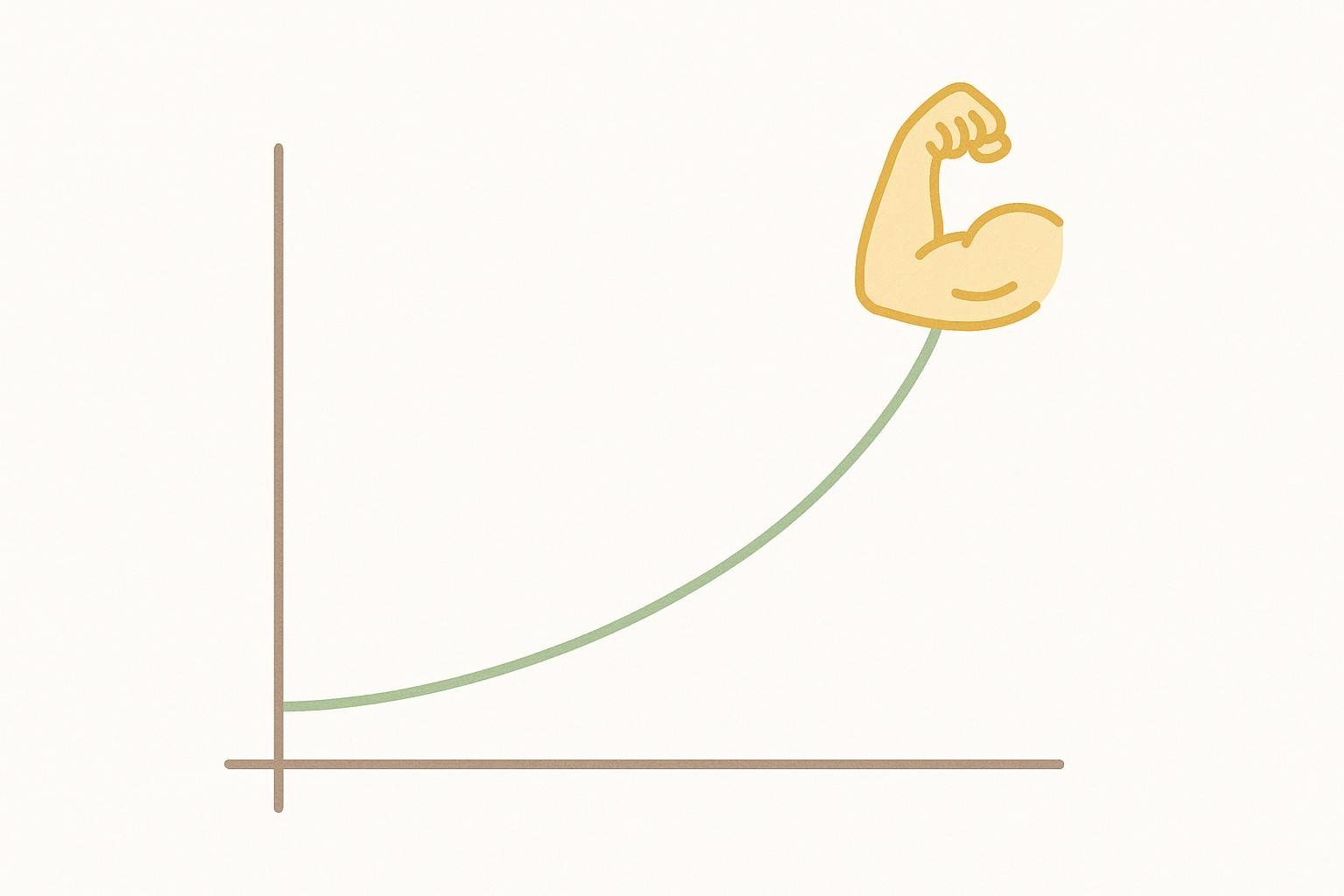
| Week | Focus | Sets × Reps/Hold | Load Progression |
|---|---|---|---|
| 1–2 | Groove Technique | 2 × listed | Bodyweight / bands |
| 3–4 | Volume Bump | 3 × listed | +1 round or +10 s holds |
| 5–6 | Add Resistance | 3–4 × listed | Add light dumbbell / kettlebell |
| 7–8 | Build Explosive Power | Replace Rollout with 8–10 med-ball slams | Moderate-weight med ball |
Track each workout in a log. Small weekly tweaks = big gains over months.
Breathing & Bracing 101
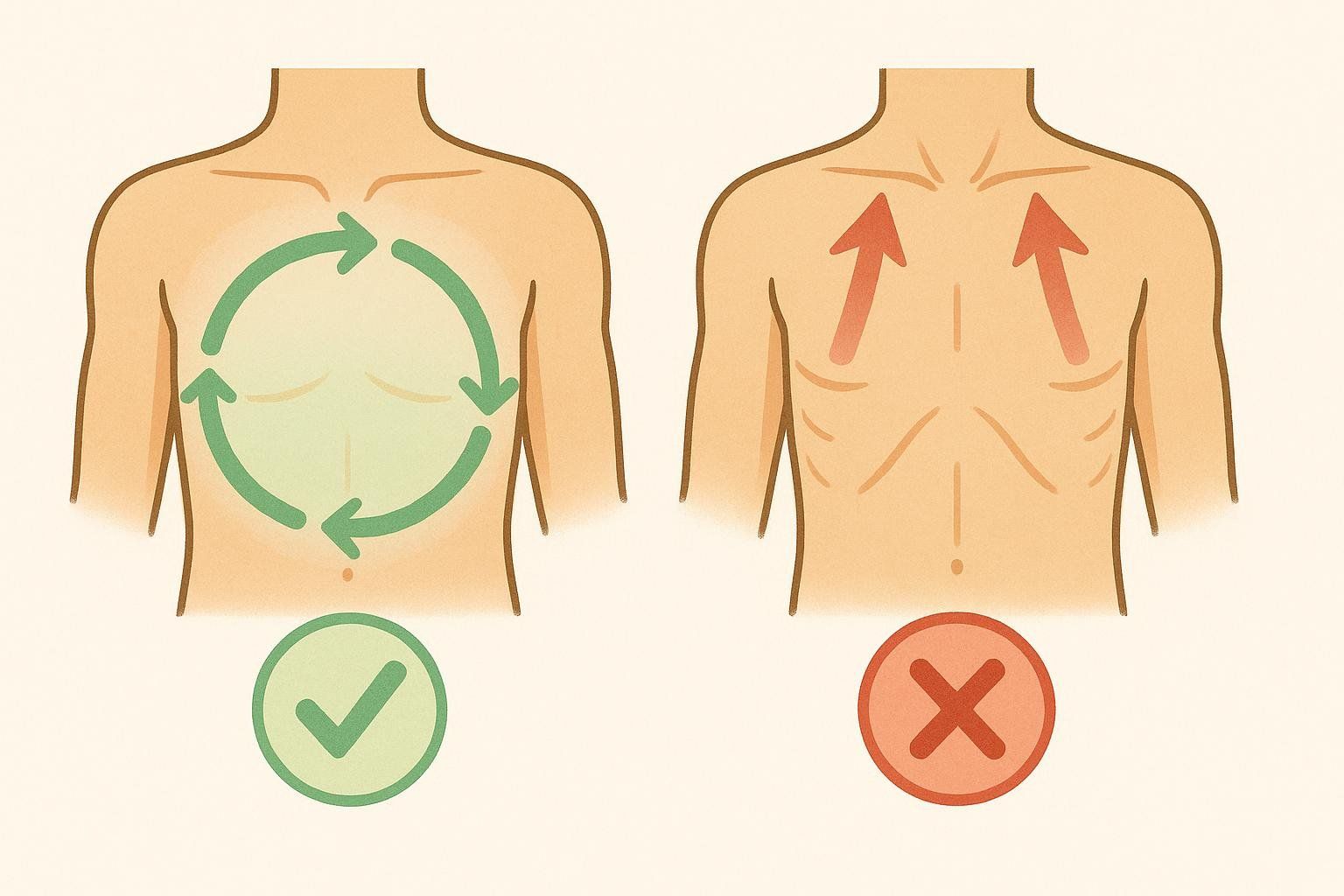
- Exhale first – blow out candles to reset rib position.
- Inhale 360° – breathe into sides & back, not shoulders.
- Lock it in – gently tighten abs as if preparing for a cough.
A 2023 study in Musculoskeletal Science & Practice (https://pmc.ncbi.nlm.nih.gov/articles/PMC10340528/) found that diaphragmatic breathing can lower spinal loading by up to 40 % during lifting thanks to higher intra-abdominal pressure.
Common Mistakes to Avoid
- Endless sit-ups – hip-flexor dominant and tough on the spine.
- Sagging planks – disengages abs, stresses lumbar joints.
- Holding your breath – spikes blood pressure with no benefit.
- Ignoring the posterior chain – weak glutes often masquerade as “core weakness.”
Need more movement ideas? Check out Body Composition Exercises: Science-Backed Guide.
Frequently Asked Questions
How long until I feel stronger?
Neuromuscular gains show up in 2–3 weeks; visible changes around 6–8 weeks with consistent practice.
Do crunches belong anywhere?
They can—but treat them as seasoning, not the main course. Limit to 1–2 sets if your back is healthy.
Is daily core work safe?
Light activation drills (dead bugs, bird dogs) are fine daily; heavy or high-volume work needs 48 h recovery.
Can core training reduce belly fat?
Spot-fat loss is a myth. Pair these workouts with balanced nutrition and total-body training to lower overall body fat.
How do I know I’m progressing if the scale stays still?
Look for non-scale wins:
- Longer plank or carry times
- Higher resistance or more reps with good form
- Less low-back discomfort and better posture
- Clothes fitting looser at the waist
For precise muscle-vs-fat insights, periodic DEXA scans provide objective data.
Track Your Core Gains with BodySpec DEXA
Traditional mirrors can’t reveal changes in internal stabilizer muscle or hidden visceral fat. A DEXA scan quantifies lean mass and fat distribution with ±1–2 % accuracy.
- Book a baseline scan before starting this program.
- Rescan every 3–4 months to spot shifts in trunk lean mass and visceral fat.
- Use the data to guide conversations with a coach or clinician about tweaks—like adding loaded carries for visceral-fat control or upping volume for muscle growth.
Ready to quantify your progress? Book your baseline DEXA scan or catch one of our mobile clinics on the road.
The Bottom Line
Building a resilient core doesn’t require endless crunches or fancy gadgets. Short, focused sessions that train anti-extension, anti-rotation, and hip stability—combined with smart progression—deliver real-world strength you can feel in everyday life.
Pick your routine, commit to three sessions this week, and schedule a DEXA scan to capture the gains no mirror can show.
Your spine will thank you—and so will your race times.
